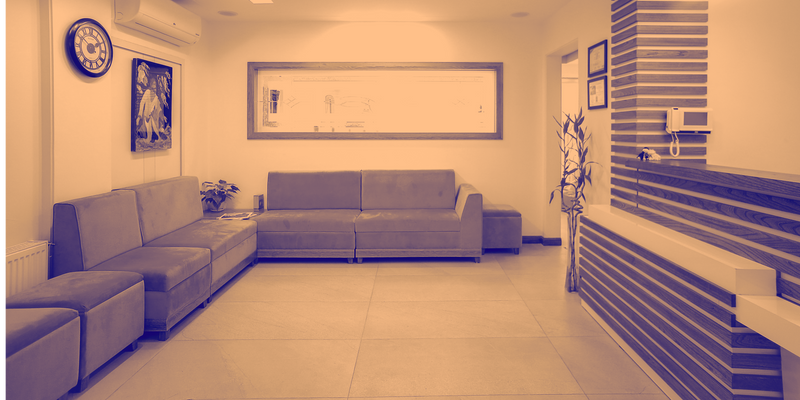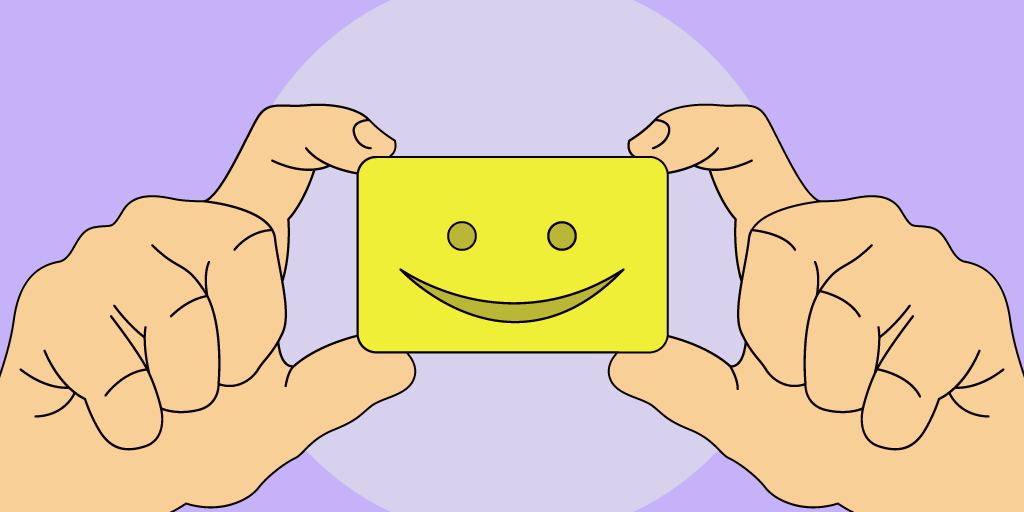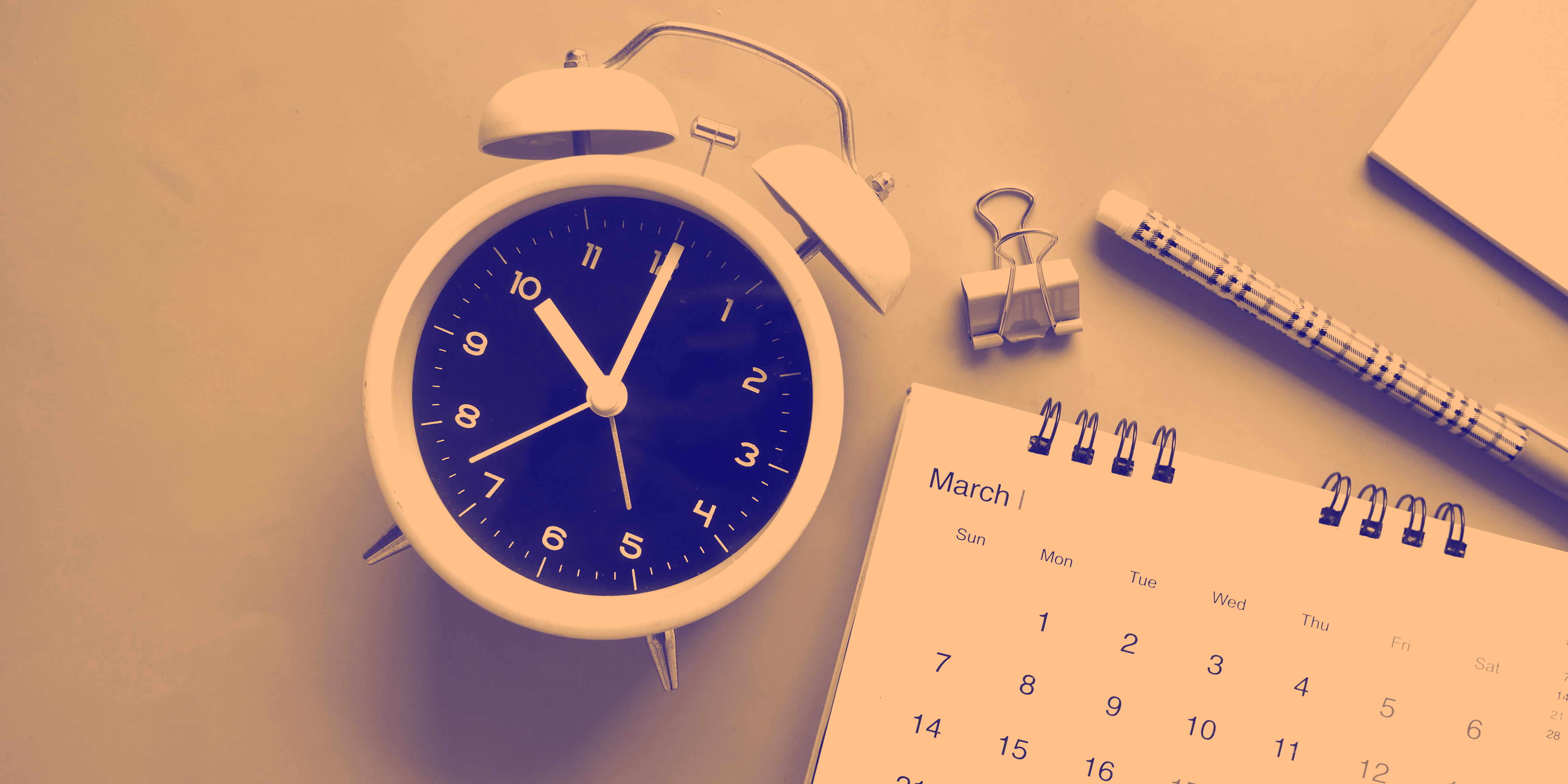The waiting room is the first impression customers get of your business, and it matters more than you think. A well-designed waiting area turns stressful delays into comfortable experiences.
It cuts frustration and makes the wait feel shorter. Small changes work, clear communication, thoughtful design, the right tools.
These make waiting shorter and more pleasant. But a poor waiting room setup drives up anxiety and confusion. People walk out.
This guide covers practical tips, smart tools, and proven strategies to enhance your customer waiting room experience.
What is a Customer Waiting Room?
A customer waiting room is where people sit before getting service. More than rows of chairs, this space shapes first impressions and sets expectations for the whole visit. Get it right and you ease stress, make the waiting room experience better, and delays don't feel as long or frustrating.
Think about hospital waiting rooms, government offices, or banks. The waiting area makes or breaks customer satisfaction. An organized, comfortable waiting room with the right tools tells visitors they matter. But poorly designed customer waiting rooms ramp up anxiety and wreck the experience before anything else happens.
Best Practices to Improve Waiting Room Experience
Simple changes can make a big difference in the customer waiting room. These best practices help improve comfort, reduce stress, and create a smoother experience.
1. Comfortable Seating and Layout
A customer waiting room needs to feel comfortable and organized, not cramped or chaotic. The right seating and layout improve the waiting room experience by cutting stress and making time pass faster. In hospital waiting rooms where emotions run high, a calm environment changes everything.
Consider these elements for your setup:
Mix up seating types - single chairs and family group seating
Bring in natural light or use warm lighting to make the space inviting
Put in small tables or charging stations for convenience
Keep walking paths clear and accessible for everyone
2. Entertainment and Engagement Options
A well-planned waiting room keeps people busy and cuts frustration during delays. Entertainment and engagement features make time pass faster and create positive impressions. In hospital waiting rooms or busy service settings, small distractions ease stress and boost satisfaction.
Try these options:
Free Wi-Fi so visitors use their own devices
Reading materials - magazines, newspapers, something for everyone
Educational or service content on screens
Digital signage with real-time updates about wait times or services
3. Clear Signage and Navigation
A customer waiting room should guide people smoothly through their visit. Clear signage reduces confusion, prevents bottlenecks, and helps visitors know exactly where to go next. In places like a hospital waiting room, where stress levels may already be high, easy-to-follow directions make the environment feel more organized and welcoming.
Ways to support navigation:
Use large, readable signs for check-in counters and service areas
Place directional arrows to lead people through the space
Include multilingual signs to support diverse visitors
Add digital screens that display queue updates or instructions
4. Real-Time Updates and Notifications
Sharing real-time information in the waiting room through a waiting room TV cuts uncertainty and frustration. Visitors want to know how long they'll wait and where they stand in line. Hospital waiting rooms especially benefit from these updates, they reduce anxiety and make everything more transparent.
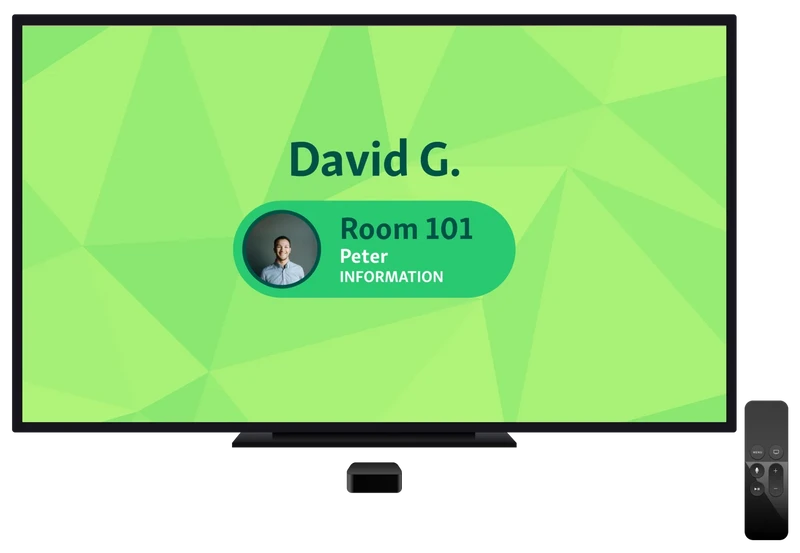
Practical ways to keep customers informed:
Show estimated wait times on digital screens in the customer waiting room
Send SMS updates so visitors can step out and still keep their spot
Create a visit status page for people who check their phones
Use virtual queue systems like Qminder to combine notifications, queue tracking, and smooth service flow
Also read - How to Improve Customer Communication With SMS Text Messaging
5. Cleanliness and Hygiene
A clean customer waiting room makes a strong first impression and gets people to trust you. Visitors relax more in spaces that look cared for. Hospital waiting rooms need this even more, cleanliness makes people feel safe. When you clean regularly and show your hygiene efforts, visitors know you care about their health and comfort.
Ways to keep things clean:
Clean throughout the day, not just when everyone's gone
Put sanitizers and wipes where visitors can grab them easily
Position trash bins in sight and empty them regularly
Check restrooms near the waiting room stay clean with supplies stocked
6. Personalized Customer Touches
Adding small, thoughtful details can transform a standard waiting room into a welcoming space. These touches show customers they’re valued, helping to improve the waiting room experience and reduce the frustration of delays. In a hospital waiting room or any service environment, comfort-driven gestures create a calmer, more positive atmosphere.
Examples of personal touches include:
Digital welcome messages displayed on screens
Complimentary water or coffee stations in the customer waiting room
Children’s play areas or activity corners for families
Staff greetings or periodic check-ins to reassure waiting customers
You might also like - The Power of Using Customer Names to Create Personalized Experiences
7. Feedback Collection for Continuous Improvement
A great waiting room experience doesn’t stop at comfort—it also relies on listening to visitors. Collecting customer feedback helps identify what’s working and where improvements are needed. In a hospital waiting room or any busy service area, insights from real customers can guide better design choices and smoother operations.
Ways to gather valuable input:
Install kiosks or tablets for quick, on-site surveys
Place QR codes in the customer waiting room that link to feedback forms
Send short post-visit surveys via SMS or email
Review feedback regularly to adjust seating, layout, or communication tools

⬇️ Download the waiting room experience checklist in a PDF format
Using Technology to Improve Waiting Room Experience
Technology plays a key role in shaping the modern customer waiting room. The right tools help reduce stress, cut delays, and create a smoother overall experience.
-
Virtual Queue Systems
Virtual queue systems cut overcrowding in the waiting room by letting visitors check in remotely and track their place in line. Hospital waiting rooms especially benefit, less congestion, better flow, and customers wait comfortably outside the physical space.
You might also like - 7 Insanely Powerful Strategies to Manage Customer Wait Times
-
Self Check-In and Appointment Tools
Self check-in kiosks and online appointment scheduling streamline arrivals. Customers register quickly or book time slots ahead. These tools reduce bottlenecks and improve the waiting room experience. The wait feels shorter and people stress less.
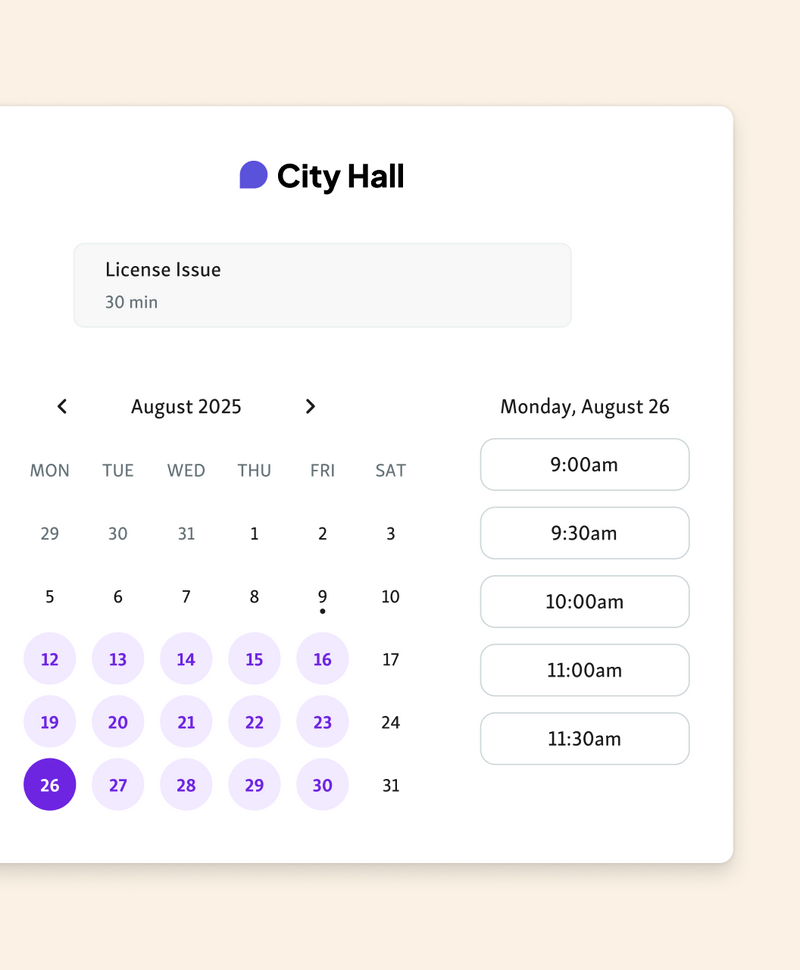
-
Analytics and Performance Tracking
Service intelligence gives you insights into waiting room operations. Track peak hours, average wait times, and visitor flow. Organizations adjust staffing and layouts to serve people faster. In customer waiting rooms, these analytics mean shorter waits and smoother service.
Turn Your Waiting Room into a Better Customer Experience
A well-designed customer waiting room goes beyond holding people until their turn, it shapes the entire visit. Comfortable seating, clear communication, real-time updates, and smart technology reduce frustration and make the waiting room experience better.
Combine this with feedback and ongoing improvements, and your waiting area turns into quality service instead of a problem.
Qminder brings this together with virtual queues, self check-in, and real-time visitor updates in one system.
Book a demo with Qminder today and transform your waiting room.
The look and feel of a customer waiting room reflect directly on the organization’s professionalism. A clean, modern space communicates trust and reliability.
Yes. A positive waiting room experience makes customers more likely to return and recommend the service to others, while a poor one can push them away.
Staff presence in the hospital waiting room or service center can reassure visitors, answer quick questions, and help manage expectations while they wait.

